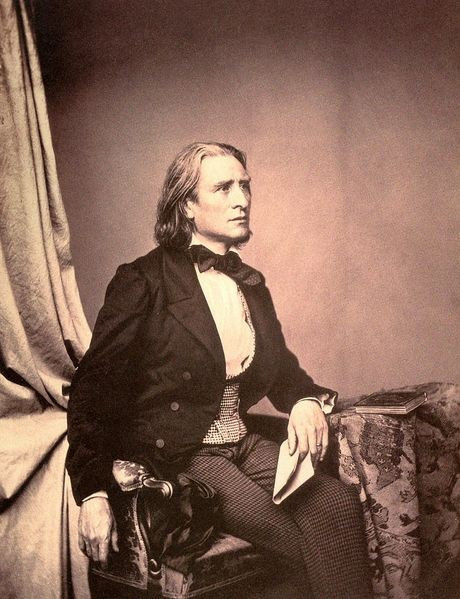Sound and Vision: Performers Judged More on Looks than Music

Musicians are judged more on the way they look and act than the way they sound, researchers have found.
Their findings give credibility to pop and rock stars' preference for costumes, dance moves and behaviour that go against the norm - from Mick Jagger's provocative moves to Lady Gaga's eye-popping outfits.
The 19<sup>th century Hungarian pianist Franz Liszt was renowned for his performing style on stage. He would flick his long hair around and women would throw their clothes at his feet.
Fellow musician Robert Schumann said at the time: "Liszt must be heard - and also seen, for if he played behind the scenes a great deal of the poetry of his playing would be lost."
The research has suggested that visual factors are much more important to how a musician is perceived than was previously thought.
Published in the Proceedings of the National Academy of Sciences, Chia-jung Tsay, of University College London, found that most people relied on visual rather than auditory information to make decisions - even when sound was the primary content.
Tsay tested study participants on how well they could choose the winners of live music competitions based on sound recordings, sound and video recordings and silent video recordings.

Participants included musically untrained volunteers and professional musicians. Almost all (83%) said sound was the key criteria for assessing the sound recordings, Nature reported.
When asked to guess the winner, both experts and non-experts were equally as successful. With the sound and sound/video recordings, they were right about the winner about 33%.
However, on the silent film, when they had only images to go on, they picked the correct winner between 46% and 53% of the time.
Tsay told Nature: "As a classical musician, I was initially somewhat disturbed. It was surprising to find that there is such a wide gap between what we believe matters in the evaluation of music performance and what is actually being used to judge performances."
Vincent Bergeron, a philosopher at the University of Ottawa, added: "One could plausibly argue that music made for performance, such as classical music, is a visual as well as a sonic art, and that it should also be evaluated on the basis of how it looks. This is a brilliant paper."
Tsay added that visual cues in musical performance may be vital because they serve to enhance enjoyment.
"The results highlight our natural, automatic, and non-conscious dependence on visual cues," she concluded.
"The dominance of visual information emerges to the degree that it is overweighted relative to auditory information, even when sound is consciously valued as the core domain content."
© Copyright IBTimes 2025. All rights reserved.




















